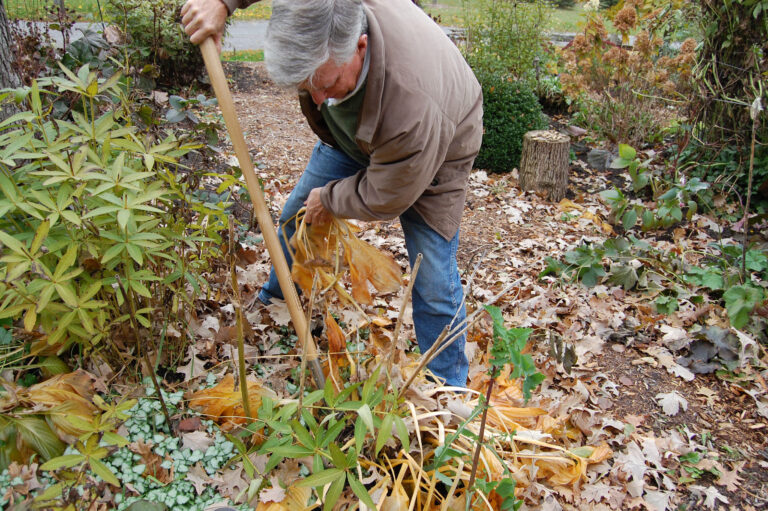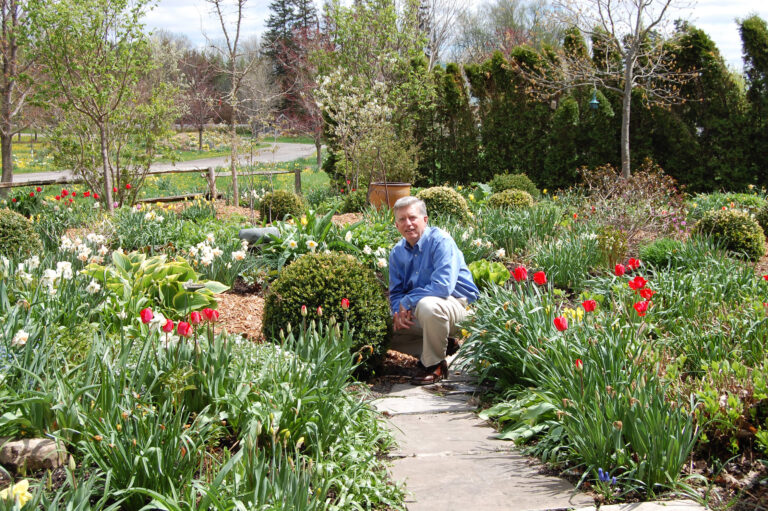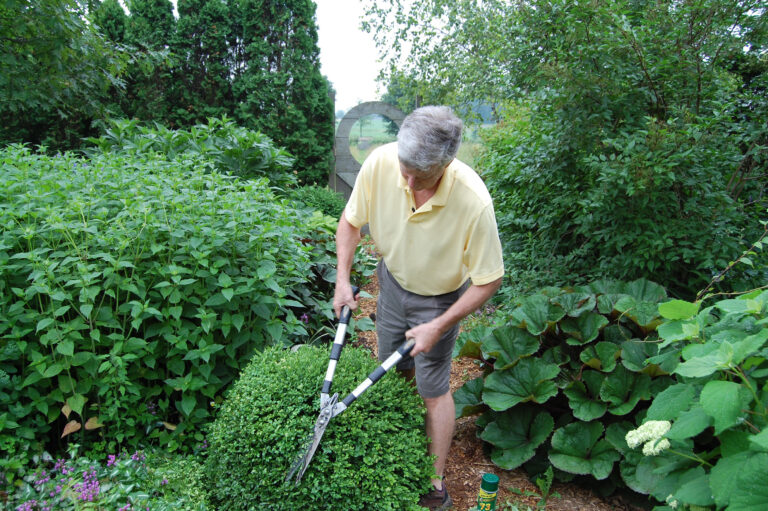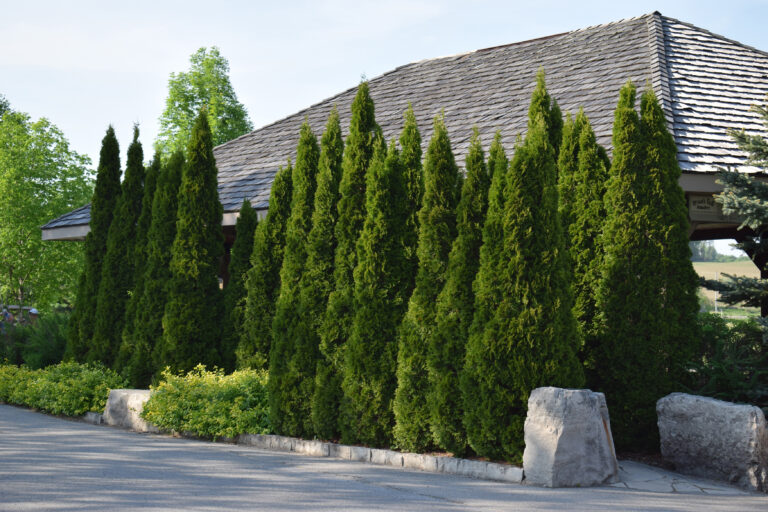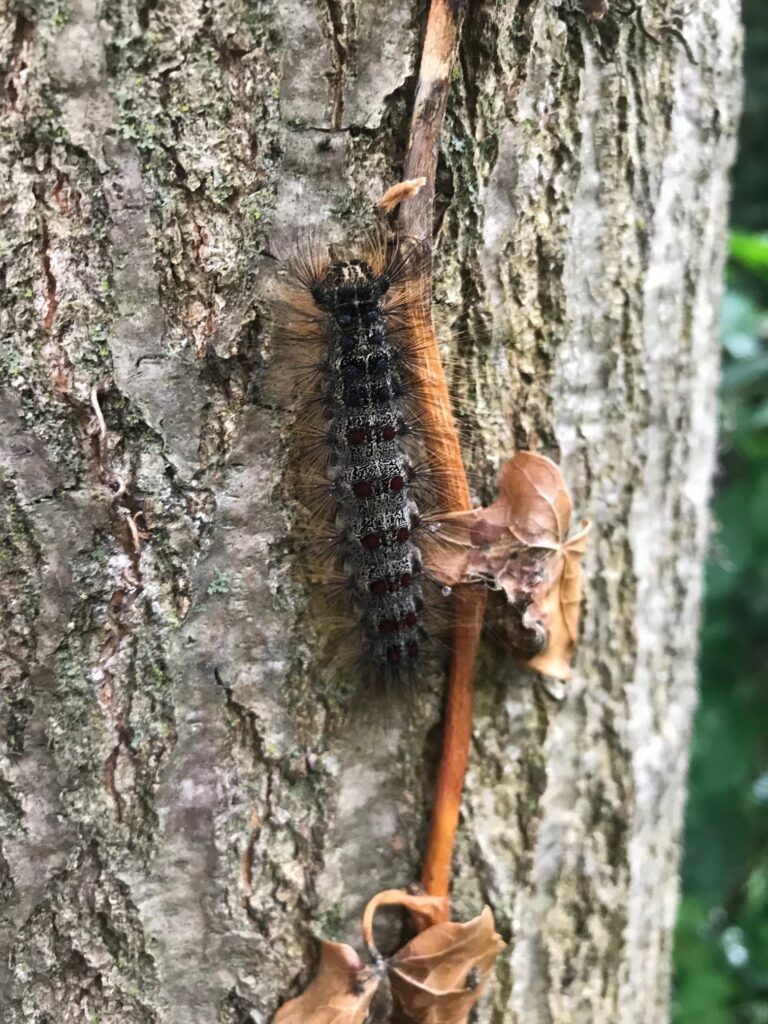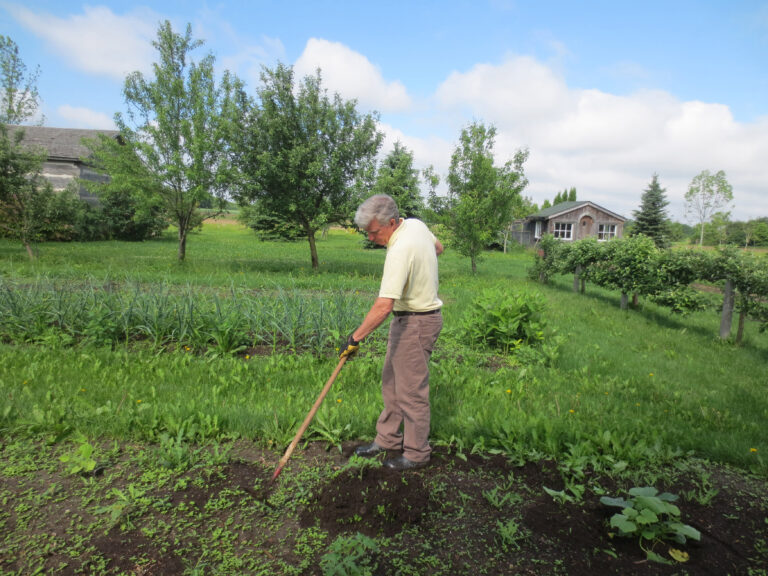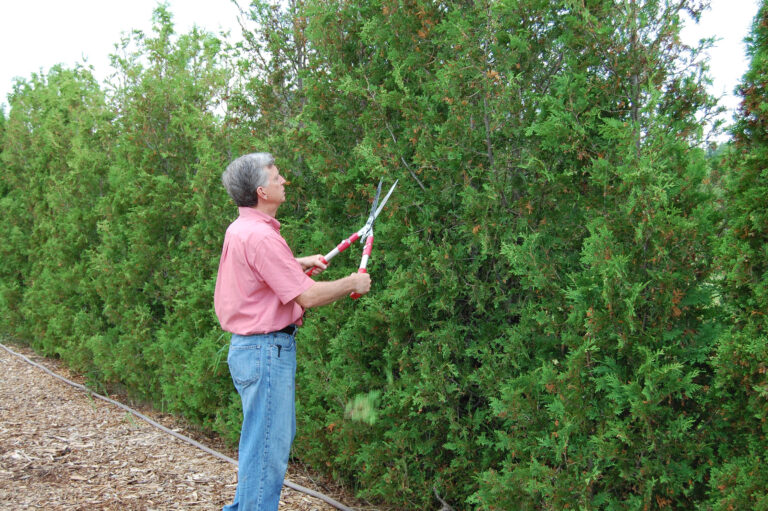By Mark and Ben Cullen
If you live in an urban environment you are surrounded by cars, roads, high-rises, concrete and sometimes, with a bit of luck, some green space.
If this describes your community, we invite you to rethink it. To imagine the perfect city or suburb.
The pandemic has prompted a reimagining of urban space that may change the way we live. Some of us are implementing our dreams of greener, cleaner, and healthier workplaces even as we approach what we hope will be the tail end of a difficult time.
Shiri Rosenberg is one such dreamer. She is the Director of Asset Strategy at Colliers Real Estate Management Services in Toronto. Rosenberg is passionate about re-imagining the way we think about commercial spaces in our urban landscape. She invites us all to look at these areas with a new lens. “Why do outdoor commercial spaces need to be associated with grass or decorative landscaping? We have an opportunity to activate these spaces and introduce uses that are more dynamic and productive” she shares.
Not only would this benefit owners of the real estate and building tenants, but it would also have a compelling social benefit for communities and the City. We could begin to elevate our urban landscape. One way she is helping to lead the charge is with the Colliers Edible and Pollinator Garden program.
Through the initiative, Colliers activates sites, engages occupants and the community, promotes wellness, grows food for those that need it (including the bees), supports urban biodiversity, and helps owners achieve building sustainability certifications such as LEED, BOMA Best and GRESB.
Last year, together with Desjardins, and the on-site Colliers property management team, Rosenberg, and urban growers/consultants Hoffmann Hayes, created the first garden of its kind in the Colliers network, converting the land in front of the Desjardins office building at 95 St. Clair Ave. W., in Toronto, into an urban farm.
Rosenberg reflects, “We were not sure whether food would grow on the busy St. Clair thoroughfare (surrounded by condos and strong winds). Our clients, Brian Spratley, Regional Vice-President at Desjardins and Frank Sinclair Asset Manager at Desjardins, said to us: ‘Let’s just view this as an experiment,’ and they said it with a light heart and a smile.”
“It was a real gesture of trust and teamwork. As well as a willingness to even fail in the context of possibly succeeding.”
The outcomes of the project were outstanding. Eyes popped as pedestrians passed by the building. The Yonge and St. Clair BIA began posting photos of the garden on social media as a new community destination. The garden helped engage occupants and the community by providing a place where owners, tenants and locals could connect through a common purpose.
What was once traditional office landscaping was converted into a food garden that grew over 400 pounds of kale, plus onions and herbs that were donated to The Stop Community Food Centre in Toronto. Not to mention that dozens of native pollinator plants were added to the site. In large part due to the various innovative initiatives being introduced at the Desjardins building, in 2020, the location won the prestigious international Outstanding Building of the Year Award (BOMA International TOBY Award). For the edible garden program, Rosenberg was also presented with a Corporate Social Responsibility Leadership Award from CoreNet Global, the Global Association for Corporate Real Estate, through its annual REMMY Awards program.
Was food poaching a problem? “We have signage in the garden that indicates that the food grown will be donated. This has deterred people from taking it,” Rosenberg said.
The idea of growing food on otherwise underused commercial and industrial land leads to another natural extension: pollinator gardens. “Our thinking is this: Instead of only concrete, mowed grass, or decorative landscaping, why not add an area of native plants that support the environment. Not only is it better for the planet, but it’s also better for the bottom line,” Shiri adds.
“Native plants are just as nice and are perennial, they grow back yearly. Its about making thoughtful choices. Commercial spaces account for a meaningful amount of land in our City. As managers of real estate, we have an opportunity to manage these spaces in ways that enhance the real estate, benefit our communities, and support the environment. We can make choices that do all three,” Rosenberg points out.
Colliers manages over 64 million square feet of commercial real estate in Canada. “I would love to see our competitors and others in the real estate industry do this, too. It’s a win-win for everyone: our business, communities, our cities and most importantly our planet.”
The David Suzuki Foundation further supported the drive by acknowledging the Colliers Edible and Pollinator Gardens as contributors to the City’s Butterfly Way Network. The foundation’s goals are to plant 54,000 butterfly plants in the ground this year and create over 1,000 “pollinator patches” across the country. With Colliers help they just might meet their ambitions. https://davidsuzuki.org/take-action/act-locally/butterflyway/
As edible and pollinator gardens become established on Colliers’ properties across Canada the sites will most certainly become community hubs. Places of social activity where none existed before. This will further support the differentiation of participating buildings, making them trendier and more attractive to work at or live nearby.
The site at 95 St. Clair Ave. W. confirmed that people love to be near plants. There was no shortage of volunteers to help tend the soil, sow seeds, plant, weed, water, and harvest last year. “This is very much a team effort. We would not have been able to execute the project at this site or any of the sites being rolled out without the dedication of our on-site property management team, our incredible vendors Hoffmann Hayes, and the shared enthusiasm and support from our clients and local community. Our success in scaling the initiative is also in large part due to Lisa Blacklock, Market Lead and SVP of Eastern Canada – who has the operational leadership, entrepreneurial spirit and good will to encourage our teams to try new things and to act.”
And how does Colliers determine whether they will plant and grow a food or a pollinator garden?
“The edible garden does not work on every site. It needs space, sunlight, and stakeholder interest. The pollinator garden program is flexible, can be created on a site that is office/ retail or even industrial, and is easy to implement,” said Rosenberg.
In a recent news release, the Colliers team noted that “sites more socially and environmentally minded are also more leasable and resilient.” Apparently bringing people together to grow food and nurture native plants to contribute to existing urban pollinator corridors is a good thing financially, too.
As for the future of the program, Rosenberg is excited to dream a little. “Imagine if we could have gardens connecting the various sites we manage across the country. Imagine if we then inspire other Colliers’ offices in other countries to do the same with the real estate they manage. We could connect our sites globally.
“Imagine, if we inspired our competitors and others in the real estate sector. We could start changing urban environments. I know I’m dreaming, but hey, I’m a dreamer,” she said. This year, Colliers will be introducing 67 pollinator gardens to the sites it manages, as well as landscaped edible gardens to a number of sites in B.C., Alberta and Ontario.
For those of us with concerns about the future of our world, especially as it relates to food security and the environment, including the wildlife that we share the planet with, like butterflies, hummingbirds and bugs, the new scenario for commercial and industrial properties provides some hope and perhaps also inspiration.
We are hopeful that condo owners with a balcony and homeowners with some real estate will be inspired by the Colliers Edible and Pollinator Garden Program. That they will pick up the trowel and get their knees dirty at home. After all, if the largest real estate management company in Canada can get their act together, why not the rest of us?
Suddenly it is easier to imagine living and working in the perfect urban environment.
Mark Cullen is an expert gardener, author, broadcaster, tree advocate and Member of the Order of Canada. His son Ben is a fourth-generation urban gardener and graduate of University of Guelph and Dalhousie University in Halifax. Follow them at markcullen.com, @markcullengardening, and on Facebook.

